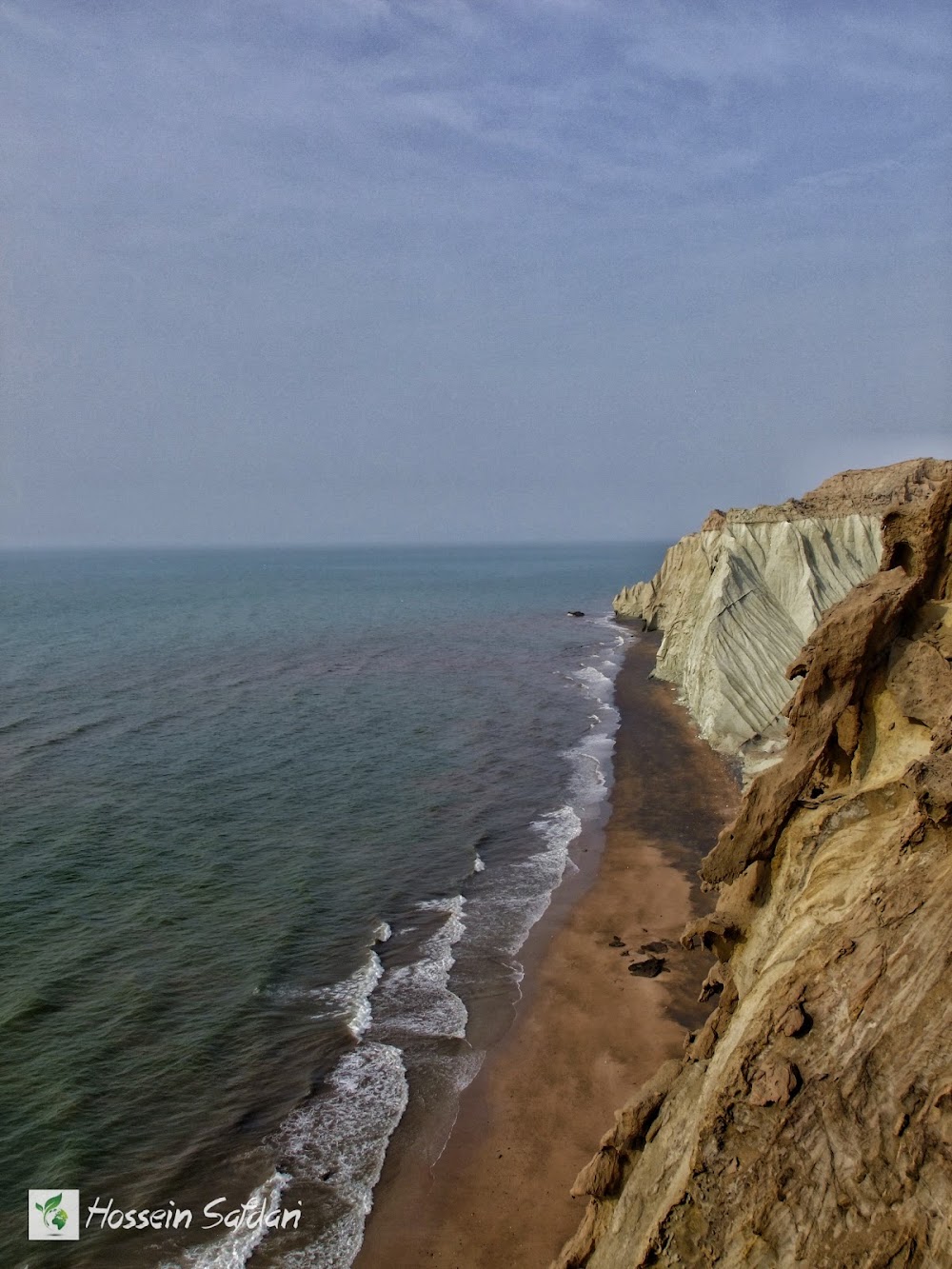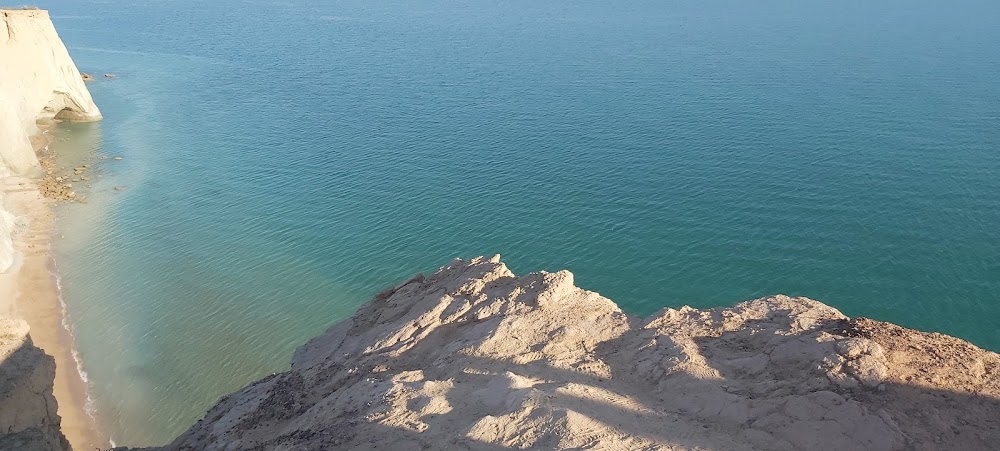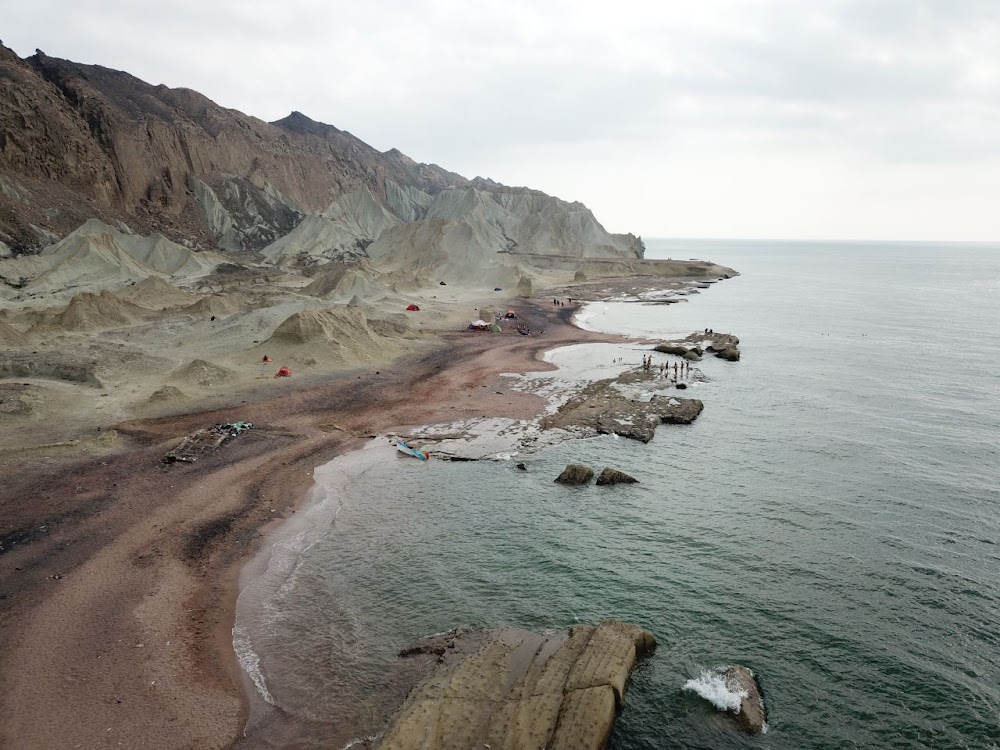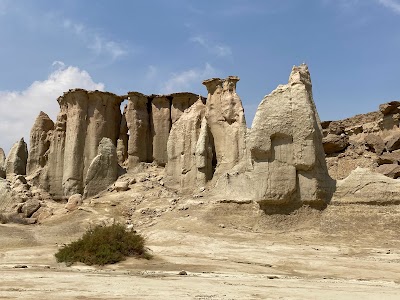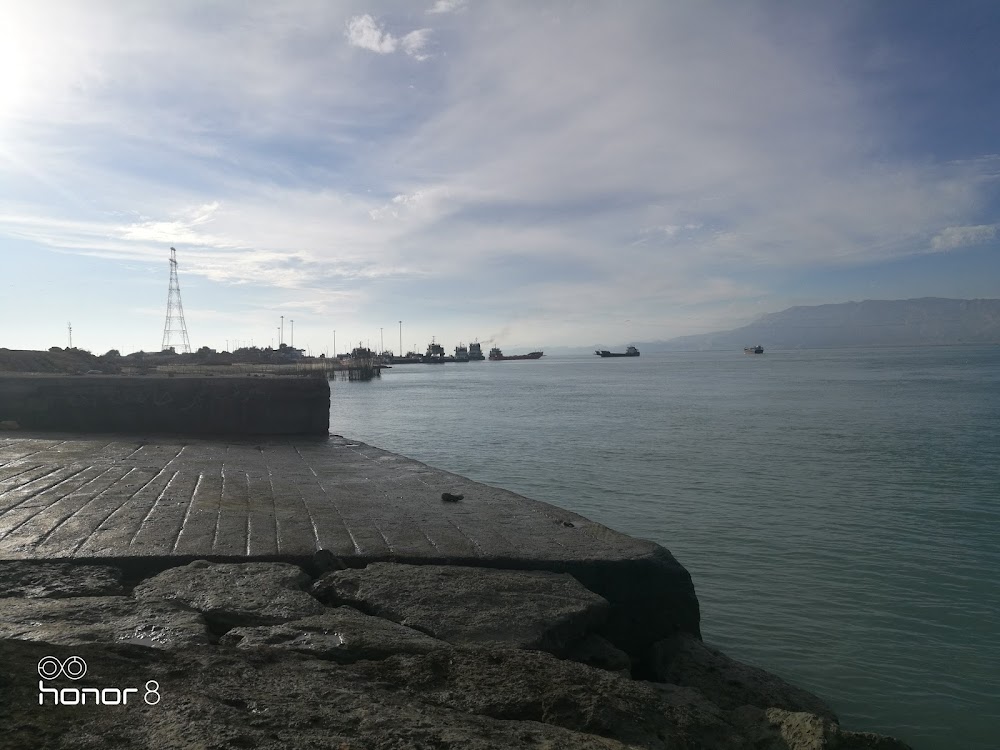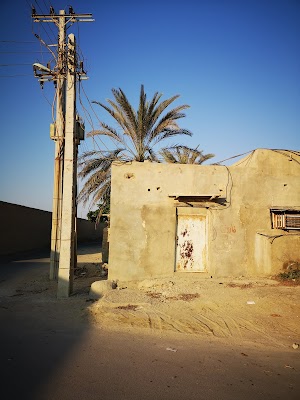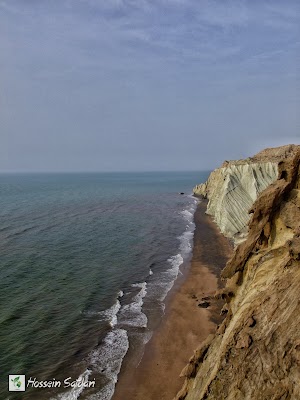Hormuz Island (جزیره هرمز)
Related Places
Overview
Hormuz Island is a breathtaking jewel nestled in the Persian Gulf, within the territorial boundaries of Hormozgan Province, Iran. This enchanting island is renowned for its rich history, vibrant culture, and stunning landscapes that leave an indelible mark on the hearts of all who visit.
Geological Wonders
Formed through geological processes over millennia, Hormuz Island is primarily composed of salt and gypsum rocks. The island's unique geological makeup, along with vivid hues of red, orange, and yellow—resulting from various minerals like iron oxide—creates a visual spectacle reminiscent of a painter’s palette. This stunning array of colors has earned Hormuz the affectionate nickname "Rainbow Island."
Historical Significance
Hormuz Island has played a pivotal role in maritime trade and geopolitics throughout history. As early as the 13th century, it served as a crucial hub for commerce between the Arabian Peninsula, India, and Africa. Its strategic position along the Strait of Hormuz, one of the most significant maritime chokepoints in the world, amplified its importance. The island's legacy was further solidified in the 14th century when it became the seat of the prosperous Kingdom of Hormuz.
Architectural Treasures
The island is home to remarkable historic structures that tell the story of its illustrious past. One of the most iconic landmarks is the Portuguese Castle, built in the early 16th century. This formidable fortress was erected by the Portuguese to assert their control over the crucial trade route through the Strait of Hormuz. Constructed from sturdy stones and mortar, the castle features robust walls, watchtowers, and battlements designed to endure both attacks and the island's harsh climate. Although partially in ruins today, this enduring edifice remains a powerful testament to the island's historical significance.
Cultural Richness
The island's natural beauty and historical relevance have fostered unique cultural traditions among the locals. They celebrate their heritage through various festivals and artisanal crafts, including the creation of vibrant "rangin" carpets dyed using native minerals. In addition to crafts, Hormuz Island is known for its folk music and dance, which beautifully blend Persian, Arabic, and Indian influences.
Sustainable Tourism
In recent years, there has been a growing focus on sustainable tourism on Hormuz Island. Local authorities and communities are committed to preserving its natural and historical sites while welcoming visitors. Eco-tourism initiatives encourage exploration of the island's geological marvels, such as the Salt Cave and Valley of Statues, all while protecting the fragile ecosystem.
Preservation Efforts
To safeguard its cultural and natural heritage, Iranian authorities and local communities have collaborated on various preservation projects. Environmental regulations and educational programs for both residents and tourists aim to promote sustainable practices. Infrastructure improvements, including enhanced transportation and accommodation facilities, have made Hormuz Island more accessible while striving to maintain its pristine environment.
Hormuz Island stands as a vibrant nexus of history, culture, and natural beauty, drawing scholars, tourists, and adventurers from around the globe. Its vivid landscapes, rich historical tapestry, and commitment to environmental sustainability make it a truly unique destination in Hormozgan, Iran.


